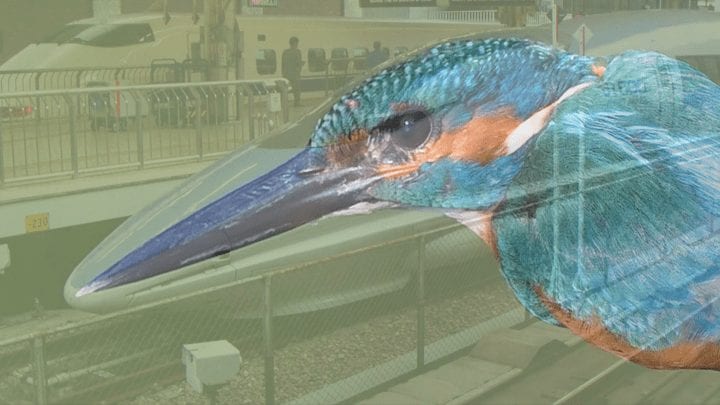In this lesson students learn about many functions of feathers and then consider how a human problem can be solved by mimicking a structure from the animal world that has a similar purpose. Provided with NGSS alignments (1-LS1-1) by NSTA.
Objectives
- Students will explore the varied purposes of bird feathers.
- Students will consider how a human problem can be solved by mimicking a structure from the animal world.
- Students will describe how they would mimic an animal part to solve the human problem.
This lesson is based on the children’s book Feathers: Not Just for Flying by Melissa Stewart. It was written by Christine Anne Royce and appears in the column, “Teaching Through Trade Books,” published by the National Science Teaching Association (NSTA) in the journal Science & Children (Vol. 53, No. 9, Summer 2016).
In this lesson, students first learn how birds use feathers for various purposes. They discover that external structures that seem to serve only one purpose can actually be used for a variety of different uses. After recording uses of feathers, students explore body parts of other animals, such as fish scales or turtle shells, and consider how external parts of one organism can be mimicked or adapted to help solve a human problem. By doing so, students think about what that particular external structure does for the organism and how its design could help in a different situation, encouraging engineering applications.
This lesson is provided with connections to Next Generation Science Standards 1-LS1-1 and Common Core State Standards in English/Language Arts.
Feathers: Not Just for Flying can be purchased to read aloud in class, or educators could incorporate videos of others reading the book such as this one from California State Parks. The article this lesson appears in can be downloaded for free by NSTA members, or for $1.29 by non-members.






